From wolves to ‘idiots’ with backhoes, threats to fibre lines in Northern Canada are many
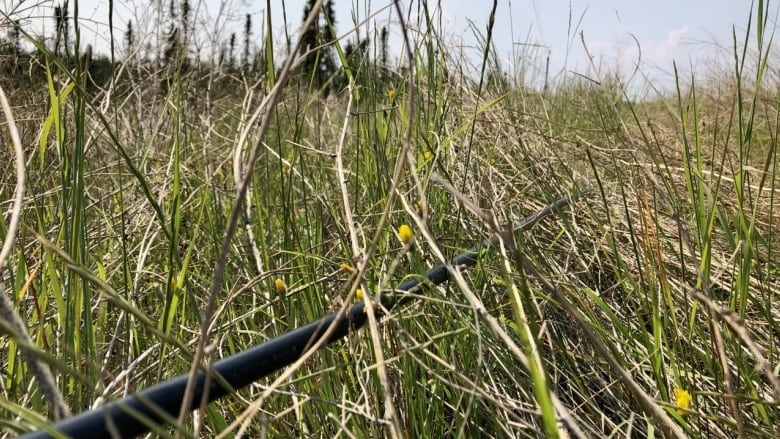
Residents of Yellowknife, in Canada’s Northwest Territories, are learning how fragile their internet connection can be after suffering two major telecommunications outages in the past three months.
Northwestel is usually secretive about threats to its infrastructure, but documents on the Mackenzie Valley Fibre Link, provided to the CBC through the Access to Information and Protection of Privacy Act, give a glimpse into just that.
The line is owned by the N.W.T. government but is maintained by a corporate group that includes Northwestel. It provides internet service to communities along the Mackenzie Valley in the Northwest Territories.
Since its construction in March 2017, the Mackenzie Valley Fibre Link has been struck by lightning and snagged and run over by a contractor. During repair work, a temporary cable was chewed at by wildlife — “most likely” wolves.
The Department of Finance declined an interview on damage to the line, but offered a statement saying the line is tested annually to ensure its integrity.
Why Yellowknife is so vulnerable
Most people in Canada wouldn’t know of a fibre-line break because there are so many different connections between cities. These connections, called redundancies, mean if one line is damaged or severed, another will pick up the slack instantaneously.
There is a single cable running between Fort Providence and Yellowknife, so if anything happens to it, everybody on the far side of the damage will lose their connection.
Andrew Anderson, a spokesperson for Northwestel, said it is working with the Yukon and federal governments to finance and construct a loop that will connect the Mackenzie Valley Fibre Link to the one running along the Dempster Highway in Yukon, but that $79-million project will not affect the N.W.T.’s most populous city.
Anderson says the line between Fort Providence and Yellowknife represents millions of dollars in investments. Adding a redundancy just to serve the city would mean several million more — and there’s just no business case for it.
He added cuts to the line are actually quite rare. An entire year might go by where it sees no damage, while other years, like this one, might see multiple incidents.
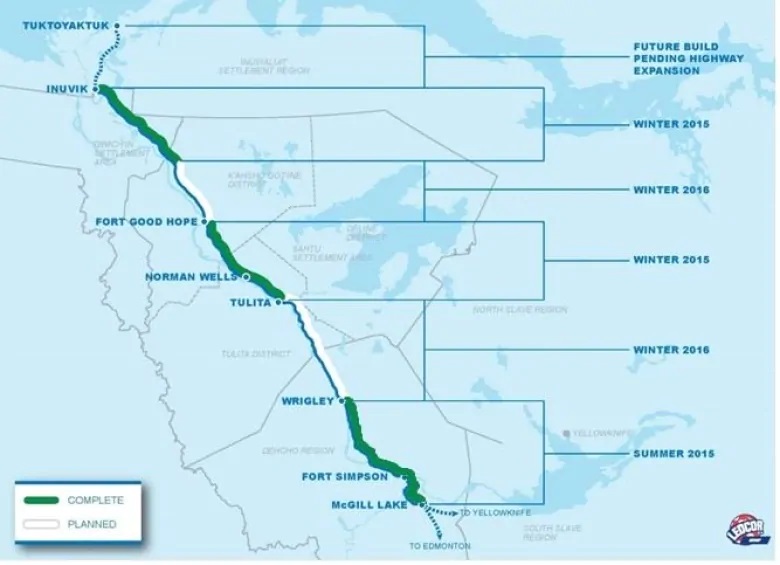
An ‘idiot with a backhoe’
This January, contractors near Wrigley, N.W.T., were doing road work when they ran over and snagged the Mackenzie Valley Fibre Link.
“They went through the fibre right by a … marker saying, ‘Call NWTel before digging,'” states an outage report.
This type of damage has been on the rise over the past decade, according to Peter Turner, president of the Yukon Chamber of Commerce.
Turner has a long history working with the telecommunications business. He spent four years managing Northwestel’s internet service across the North, and before that he was with Sprint when it was developing the first fibre-optic network across the U.S.
“Some idiot with a backhoe will be digging a trench somewhere,” he said. “They basically dig right through, and I think that’s been the most common cause on the B.C. and Yukon side.”
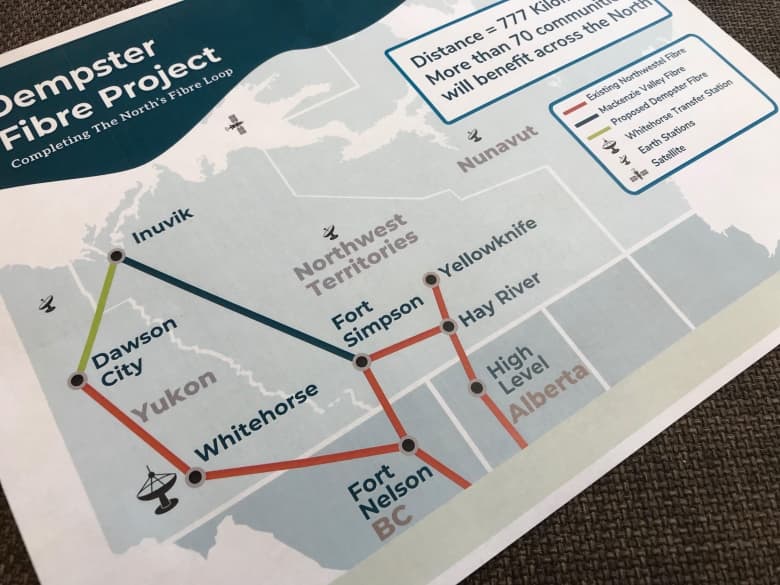
When it isn’t an accident
Northwestel took the rare step of reporting this summer’s second outage to the RCMP, after a suspected vandal cut the line early in the morning of July 15.
Anderson, with Northwestel, admits this isn’t the first time somebody has been suspected of tampering with the line — people have shot at it in the past.
“That’s disturbing,” said Turner.
“I know from past experience and working with other telecom communications carriers there is a lot of attention paid to security around telecom facilities. But the reality is, when you’ve got a 1,000-mile cable, you can’t post a guard at every telephone pole.”
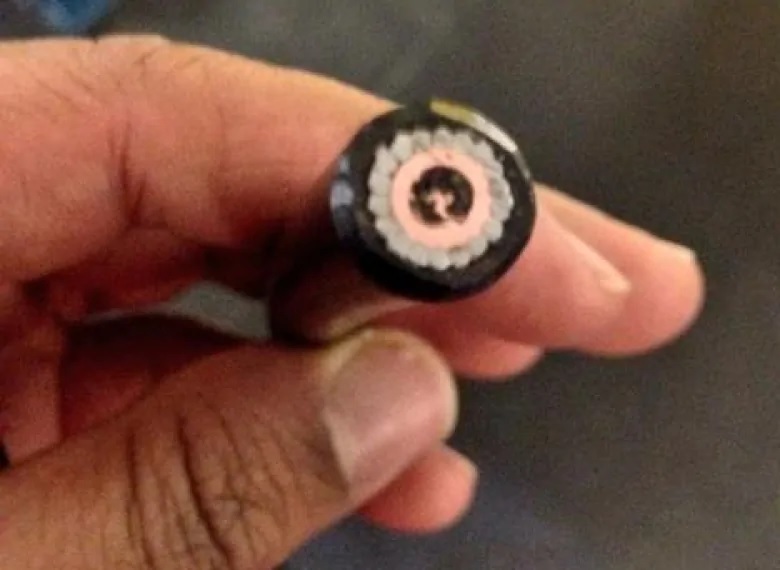
Acts of God
In 2017, lightning struck the Mackenzie Valley Fibre Link between Tulita and Wrigley, which spurred a splice and repair project that lasted months.
Turner said the line is vulnerable to forest fires and other natural disasters because it’s a delicate piece of infrastructure, no larger than the diameter of one’s thumb.
“It is made out of plastic and glass, and if you apply enough heat to something like that, you could probably melt it,” he said.
The Department of Finance calls the lightning strike an “isolated incident” that did not impact customers.
Do animals eat fibre optic cable?
Documents show that a temporary cable was at one point “most likely” chewed at by wolves.
Paul Frame, a provincial carnivore specialist with the government of Alberta, says it’s “quite possible” wolves could have eaten at the line.
He says they are extremely curious and sensitive to changes in their environment.
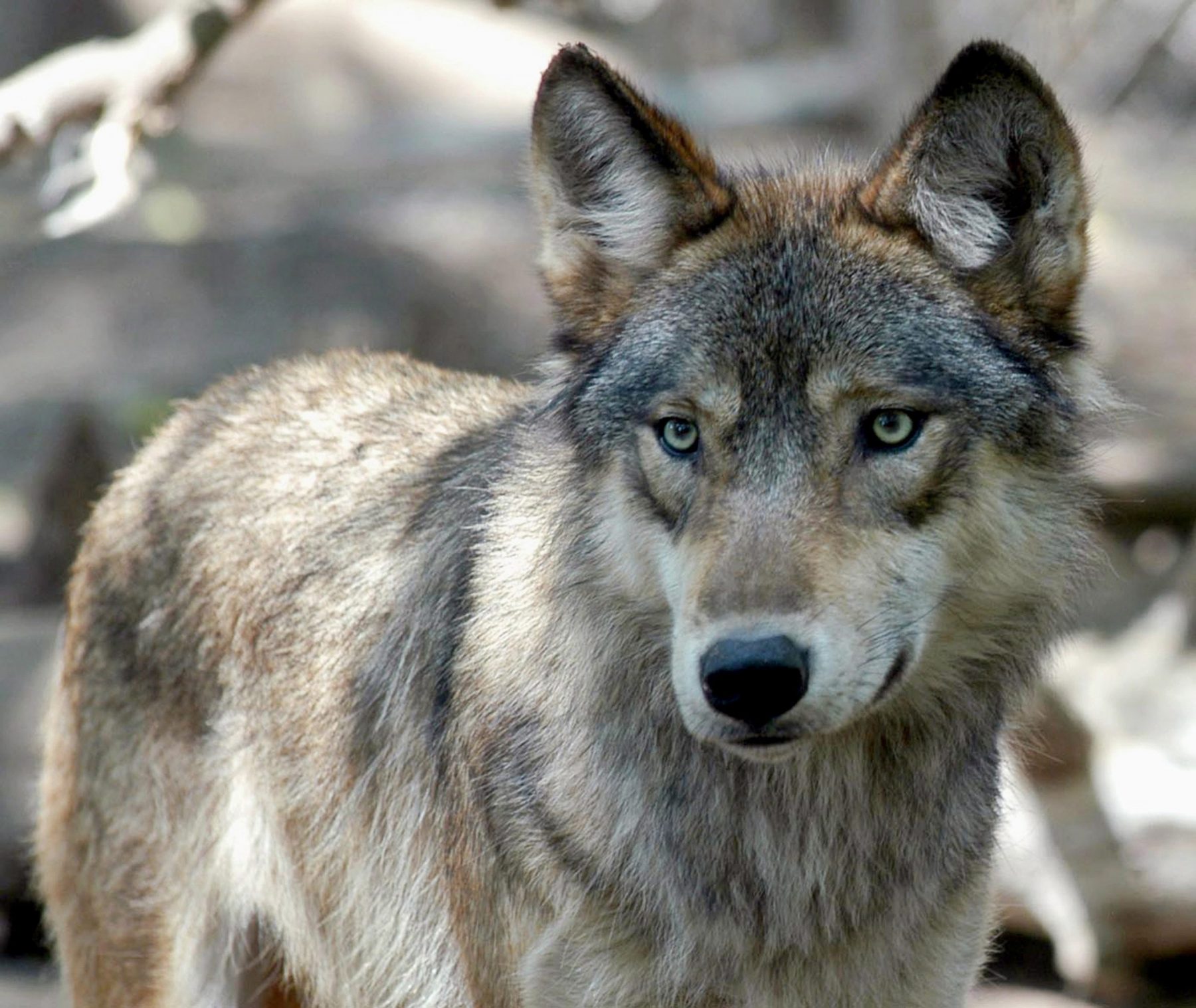
Frame studied wolves in the Northwest Territories for graduate work. He’s observed gloves and other human items in wolf dens and even suspects they may have once stolen his camp chairs.
“To investigate things they smell it, look at it, and grab it with their mouth,” he said.
“[Their mouths] are their only tool, so the possibility of chewing on any kind of novel object in their environment is pretty high.”
Peter Knamiller, the co-ordinator for Yukon’s wolf management program, has seen evidence of them chewing on plastic buckets, jerry cans and playing with rope.
While wolves could be a likely culprit, Frame points out bears are also notorious for chewing infrastructure, especially plastic.
In a statement, a spokesperson for the Department of Finance said bears frequently knock over kilometre posts along the line but “this causes no damage to the line.”
Allicia Kelly, the N.W.T.’s manager of wildlife research and monitoring for the South Slave, points out ground squirrels shouldn’t be ruled out either. They gnaw and chew at things to grind down their teeth, which never stop growing.
With files from Kate Kyle
Related stories from around the North:
Canada: Canada’s northwestern territory to be Alaska’s new gateway to fast broadband, CBC News
Finland: Major step towards a Europe-Asia Arctic cable link, Yle News
Norway: New satellites to boost communications in Arctic Norway, The Independent Barents Observer
Russia: Russian military to get fast, secure internet through trans-Arctic cable, The Independent Barents Observer
Sweden: Northern Sweden to host more Facebook servers, Radio Sweden
United States: Alaska’s first wireless 5G network to be built in Anchorage, Alaska Public Media




Interestingly, in the Russian Federation, there are practically the same problems with fiber-optic cable laid in the ground in northern settlements.
But we have never had problems with wolves, wolves have been interested in garbage containers in cities lately 🙂
The main reason for cable damage in the northern regions is, of course, people who perform any excavation work and soil deformation in permafrost conditions
.
For example, last year in the north of the Trans-Baikal Territory, an optical cable very often failed due to the impact of heavy tracked vehicles of a gold mining company. If you look at the satellite map between the villages of Vershino-Darasunsky and Verkhnie Usugli, you will see a lunar landscape.
In the north-west of the region, in the Republic of Buryatia, the situation is slightly better, but this year our cable once suffered from heavy tracked vehicles, this is the Romanovka-Bagdarin section.
So far there have been no problems with the northern section 50 km from the shore of Lake Baikal (Barguzin-Kurumkan), apparently there is no gold and other deposits of metal ores or the status of the reserve is still protecting this corner of nature
We would also like to make a loop between northern settlements, but it is very unprofitable to lay more than 200 km of cable into the ground in an area without highways, with difficult terrain without intermediate settlements. Therefore, the cable crew will have to travel 2×600 km to repair the damage.